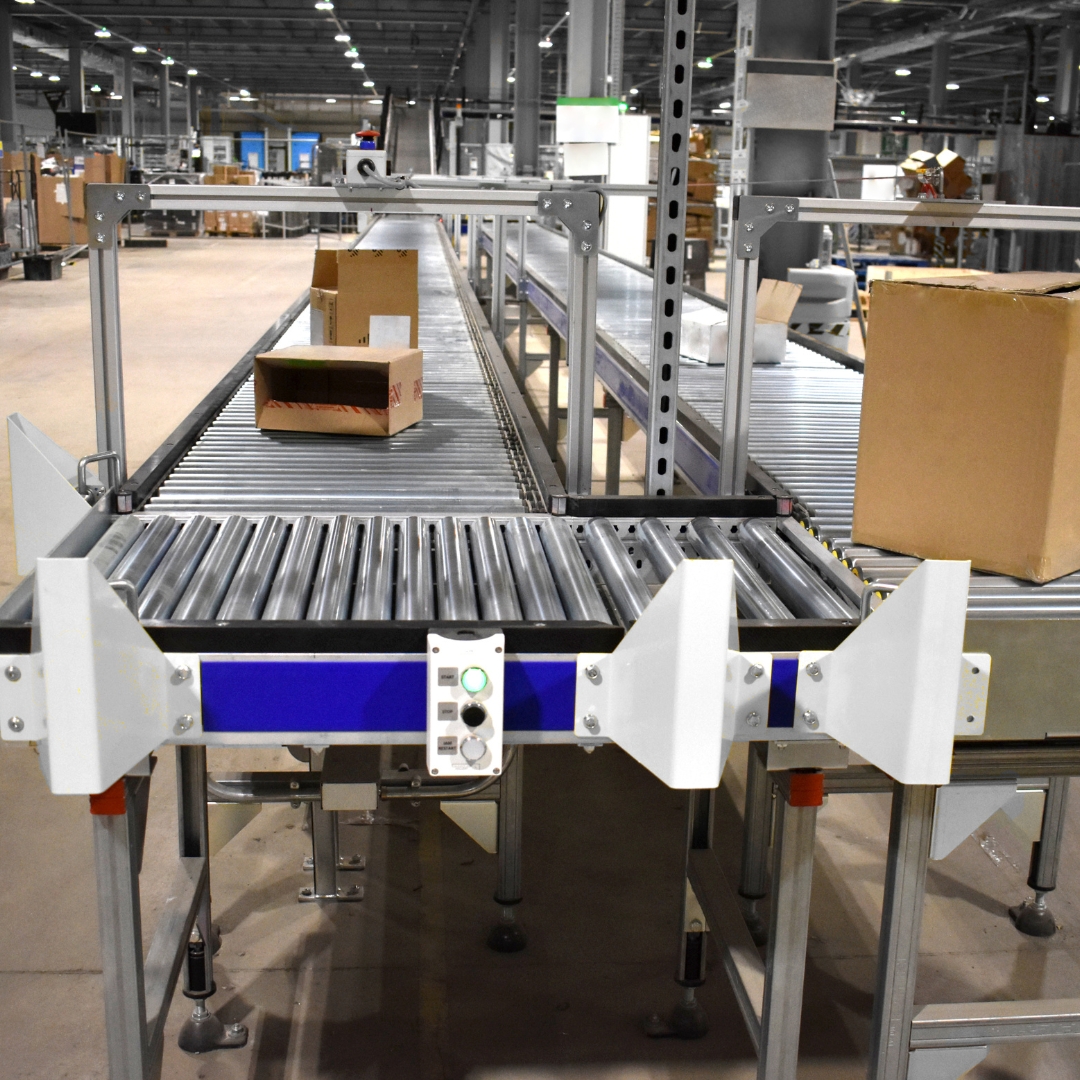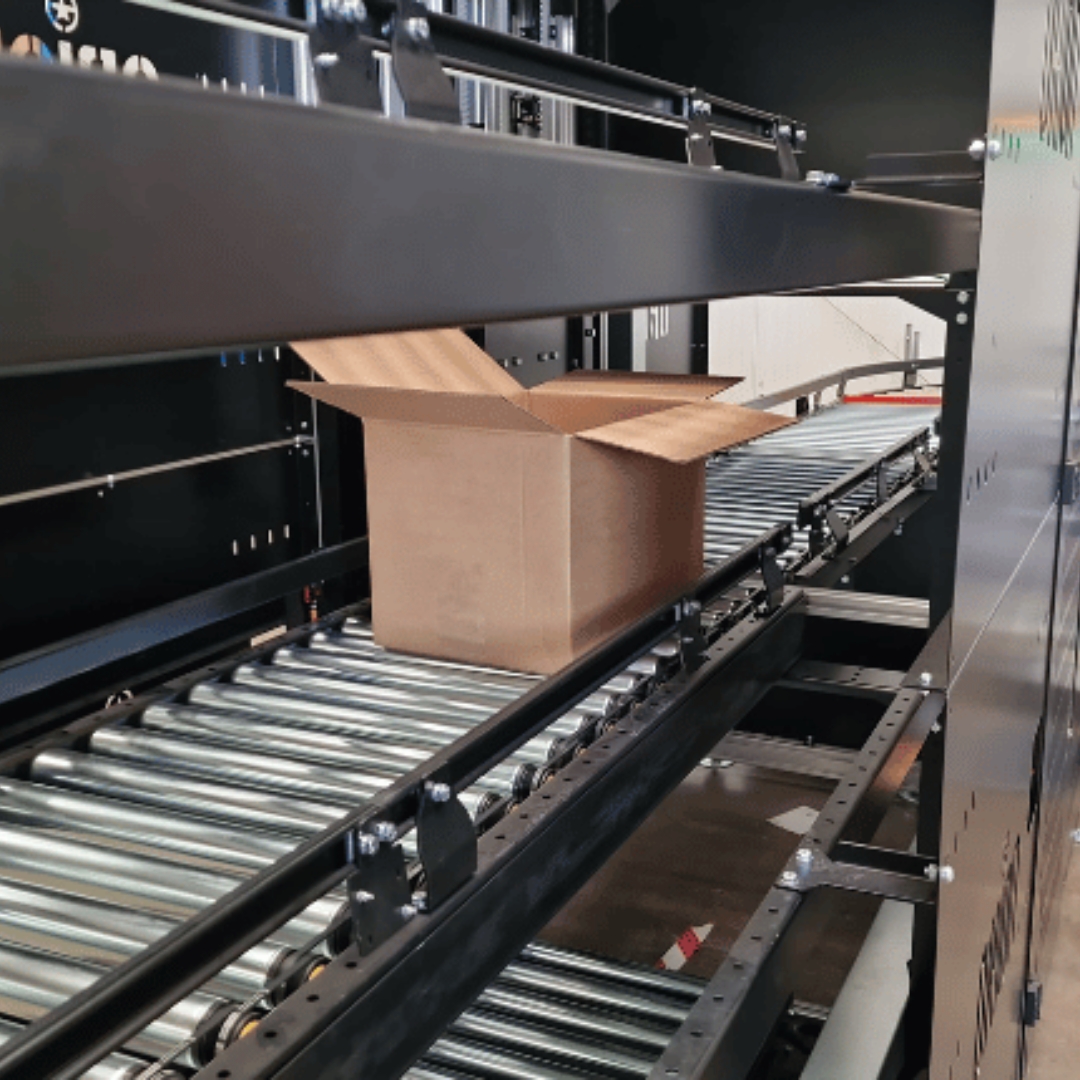Introduction
In the rapidly evolving world of logistics and supply chain management, automated warehouse systems have emerged as a transformative solution. From streamlining operations to enhancing productivity, automation is redefining how warehouses function. With rising customer expectations and global e-commerce expansion, businesses are increasingly turning to automation to remain competitive and agile.
What Are Automated Warehouse Systems?
Automated warehouse systems are technology-driven solutions that perform warehousing functions—such as storage, retrieval, sorting, and packaging—with minimal human intervention. These systems integrate hardware like automated storage and retrieval systems (AS/RS), conveyor belts, robotic arms, and automated guided vehicles (AGVs) with intelligent software to manage inventory and workflows efficiently.
Key Components of Warehouse Automation
-
Automated Storage and Retrieval Systems (AS/RS):
Mechanized systems that place and retrieve goods from specific locations in the warehouse, improving storage density and speed. -
Robotics and AGVs:
Robots and self-driving vehicles transport goods throughout the warehouse, reducing the need for forklifts or manual labor. -
Warehouse Management Systems (WMS):
Software platforms that coordinate data, monitor inventory, and optimize task assignments in real-time. -
Sortation Systems:
High-speed sorters classify and direct items to their respective locations, essential for handling thousands of parcels daily. -
Conveyor Systems:
Automated conveyors streamline movement across packing, picking, and shipping stations.
Benefits of Automated Warehouse Systems
-
Increased Efficiency:
Automation significantly reduces picking and handling time, allowing warehouses to process more orders faster. -
Enhanced Accuracy:
With advanced sensors and tracking systems, errors in inventory management and order fulfillment drop dramatically. -
Lower Operational Costs:
While initial investment may be high, automation reduces long-term labor and operational costs. -
Scalability:
Automated systems can easily adapt to demand fluctuations and business growth. -
Improved Safety:
By minimizing manual handling and using robots for repetitive or heavy tasks, workplace injuries are reduced.
Challenges in Implementing Automation
-
High Initial Investment:
The upfront cost for equipment, software, and integration can be substantial. -
Technical Complexity:
Requires skilled professionals for maintenance, troubleshooting, and optimization. -
Change Management:
Employees may need to be retrained, and workflows must be adapted to new systems.
Real-World Applications
-
E-commerce Fulfillment Centers:
Giants like Amazon and Alibaba use automated warehouses to manage millions of orders daily. -
Cold Storage Facilities:
Automation ensures fast, efficient handling in temperature-sensitive environments. -
Pharmaceutical and Healthcare Logistics:
Ensures accuracy, compliance, and timely delivery of sensitive medical supplies.
The Future of Warehouse Automation
The future looks promising with the rise of AI, machine learning, and IoT-enabled devices enhancing automation capabilities. Predictive analytics, real-time data monitoring, and fully autonomous operations are set to become standard in modern warehouse facilities.
Conclusion
Automated warehouse systems are not just a trend—they are the future of efficient, reliable, and scalable logistics. As technology advances and market demands grow, automation will play a critical role in ensuring operational excellence across the supply chain.






